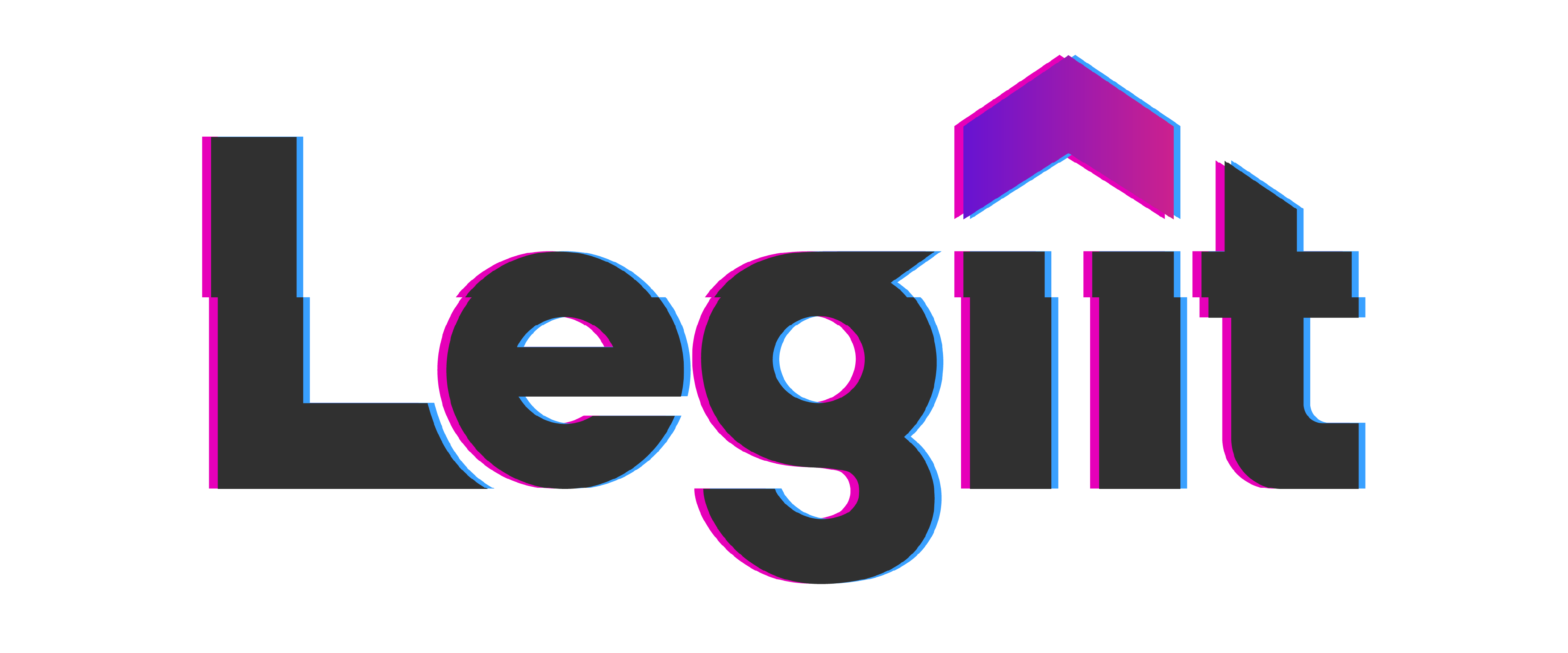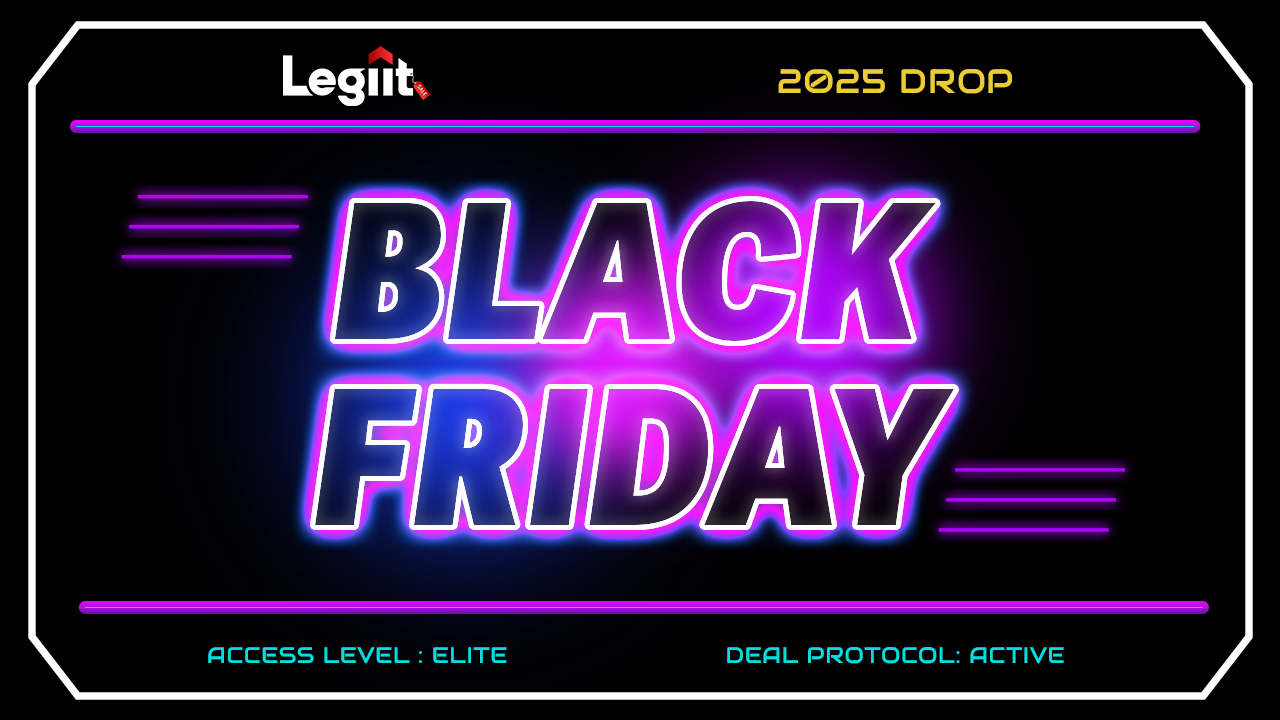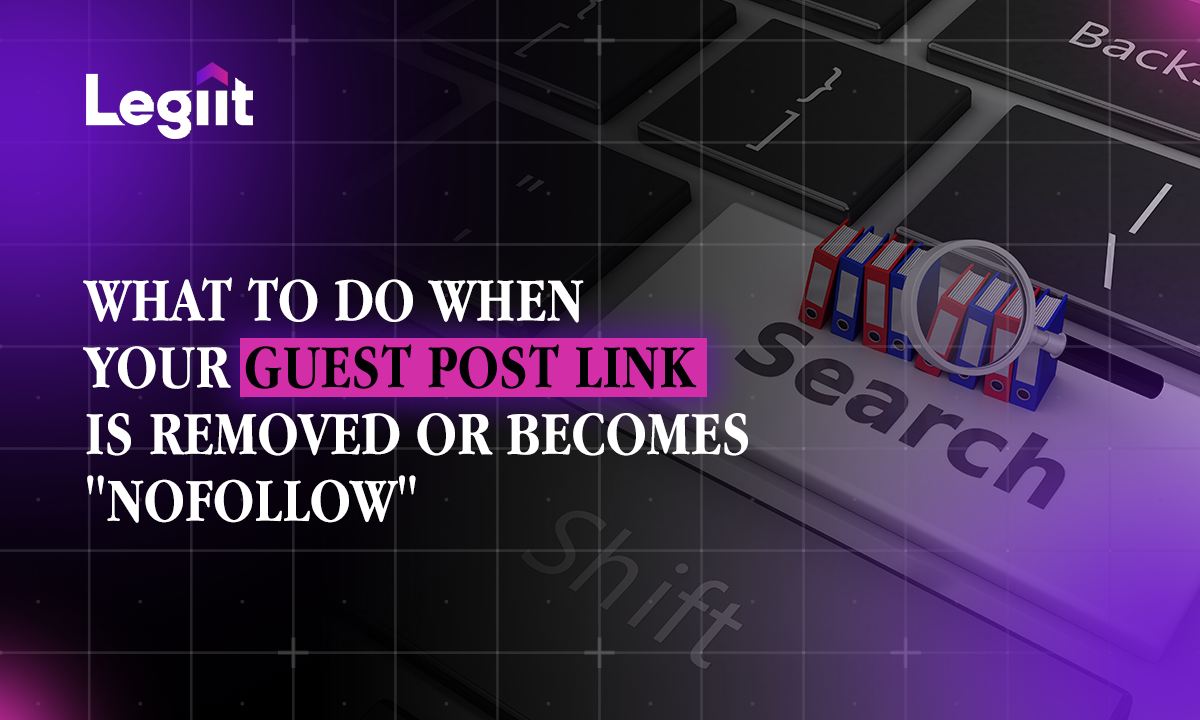When it comes to building backlinks, nothing matters more today than quality. Thus, it pays to understand the difference between high-quality and toxic backlinks. However, the problem most people have is trying to figure out if they are getting high-quality links or just run-of-the-mill crap links! Honestly, distinguishing between the two is easier said than done, but we are here to help you.
This article unpacks everything you need to know about building quality links, offering a comprehensive guide on assessing the value of backlinks. Plus, we provide valuable insights and every link-building strategy for acquiring premium links that take your SEO to the next level.
What Is Quality Link Building?
So, what is a good backlink? The first step in evaluating a backlink is to assess the relevance and quality of the linking page. A high-quality page with content relevant to your niche will pass more 'link juice' than a non-relevant or low-quality page.
Two key factors to consider here are content relevance and the authority of the linking page. Tools like Moz, Ahrefs, and Majestic can help gauge a site's authority through metrics like Domain Authority, Domain Rating, and Trust Flow. But as most SEOs already know, these metrics don't mean anything to Google; instead, they are indicators of quality but not an assurance of it.
The next thing you need to keep a close eye out for is Link Diversity. Diversity in your link profile is essential. Most of your links should come from different domains rather than repeated links from the same sources. Links from various unique root domains are more valuable as they are seen as diverse endorsements of your site. So, instead of multiple blog posts from a single site, aim for one blog post per site, whether you're buying niche edits or guest posts (more about this later).
The next thing to consider is IP Address Considerations. Getting many links from the same IP address can be a red flag. That's because Google possibly sees this as an indication that the links originate from a Private Blog Network (PBN), which can negatively impact rankings or lead to penalties from Google.
The other consideration is Keyword-Rich Anchor Text. Anchor text, the clickable text in a hyperlink, is crucial. Google uses it to understand the context between the linking and destination pages. However, overly optimized anchor texts can be harmful. A healthy mix of keyword-rich, branded, and generic anchor texts is recommended. Search Engines like Google are very sensitive to anchor text ratios because they don't want SERPs artificially manipulated by overly optimised anchor texts. Thus, things must look natural.
Understanding Seed Sites. These are Google’s trusted sites, which are referred to as 'seed sites'. Sites like The New York Times, carry significant link juice. A backlink from a site with direct links from these seed sites is more valuable than those further down in the link chain.
Where should the link be placed? The link placement on the page matters when trying to get high-quality backlinks. Links within the main body of content, especially higher up on the page, are more valuable than those in the footer or near the end of the content. Thus, the goal should be to get a link somewhere above the fold on the page.
Build backlinks from sites with Organic Traffic. Backlinks from sites with high organic traffic are preferable. These sites can drive significant referral traffic to your site, leading to indirect ranking boosts from new links, shares, and engagement. Plus, it indicates that the site is good or has decent quality at least.
Nature of the Backlink (Do-Follow vs No-Follow)? The answer to this is both! Previously, no-follow links were considered less valuable as they did not pass link equity. However, since Google’s announcement in September 2019, no-follow links are now used in its ranking algorithm and can sometimes pass link juice. Thus, if it is a quality backlink, being nofollow matters less than it did. That said, it is still important that your backlink profile has a healthy selection of do-follow and no-follow backlinks so that it appears natural to Google search.
Now that we know what high-quality backlinks are and backlink best practices are, let's examine a couple of proven strategies we can deploy to start getting these links pointing to our website.
How To Get Quality Backlinks?

Fortunately, there are quite a few ways to get high-quality backlinks or high-value backlinks as they are called. We go over some of the most effective methods in the section below.
Targeted Outreach
The first strategy for getting good backlinks for SEO involves targeted outreach. The key here is to identify and qualify potential link opportunities. Tools like SEMrush's Link Building tool streamlines this process by helping you find prospects, manage outreach, and monitor your efforts.
You'll want to start by creating a project, defining your target with relevant keywords, and then identifying competitors. The tool then suggests potential websites for outreach. Please remember that personalizing your outreach emails is crucial for effective communication.
The biggest challenge with target outreach is that many high-quality sites will ask for money in exchange for a link. However, if you start by reaching out to smaller sites with less traffic, this will help you build authority to the point where the higher authority sites consider linking to you.
The other outreach strategy is to offer something for free. This can be a free eBook that helps the website owner achieve something or do some link building for them for free in exchange for a backlink.
The good thing about the targeted outreach strategy is that it is proven to move the needle, and you don't need many links to do it, either.
Help a Reporter Out (HARO)
HARO presents an innovative approach to link building. It connects writers seeking expert sources with professionals looking for exposure and backlinks.
Unlike guest blogging, you will not be asked for money to get good backlinks. All you need is to register as a source on HARO, specify your email preferences, and watch for queries that align with your expertise. A well-crafted, concise response to these queries can open doors to high-quality backlinks from esteemed platforms like Mashable or the New York Times. Platforms like Quoted, Sourcebottle, and Help a B2B Writer also offer similar opportunities. If anything, these are the types of links that move you up search engine results pages!
The key to success with HARO lies in providing concise, insightful, and authoritative responses to journalists' inquiries. This increases the chances of being quoted and positions you or your brand as an industry thought leader.
Moreover, HARO backlinks are organic and editorially given, aligning perfectly with Google's preference for natural link-building practices. This approach to earning backlinks is far superior to traditional link-building methods, which search engines often perceive as manipulative.
By integrating HARO into your SEO strategy, you're not just chasing links – you're cultivating a reputation and authority that resonates with search engines and your target audience.
Capitalizing on Unclaimed Mentions

Unclaimed mentions are a goldmine in link building. These are instances where your brand or business is mentioned without a link. Tools like Prowly can help you track these mentions. You can set up alerts for your brand and reach out to the authors or site owners to convert these mentions into links. Since these mentions are already a positive nod to your brand, converting them into links is often just a small step away.
While this method is a lot like broken link building (discussed later), it requires that your brand have some reach. If yours is a new brand, then it stands to reason that only a few people are aware of it, and thus there are no mentions.
As an SEO or link builder, it pays to set up alerts when you jump into a new project. That way, you can ensure that every mention of your brand or business is hyperlinked to your website.
Leverage The Magic of Broken Link Building
Broken link building is one of the most effective strategies offering the dual benefit of enhancing your website's link profile while contributing to a cleaner, more user-friendly internet. This technique involves identifying broken links on external websites - links that lead to non-existent or error pages - and reaching out to the site owners to suggest replacing these dead links with functional links to relevant content on your blog post, service page, resource pages, etc.
The efficacy of broken link building lies in its value proposition. By alerting webmasters to broken links, you're providing a service, helping them improve their site's user experience and maintain its integrity. In return, you earn a backlink, which is pivotal for boosting your site's domain authority and search engine rankings. This approach falls within Google's stated guidelines, aligning with their emphasis on user experience and high-quality, relevant content.
To execute this strategy effectively, you'll need to use thorough research to identify broken links that align closely with your website's content. The outreach process should be personalized and professional, emphasizing the mutual benefit of replacing the broken link.
When done correctly, broken link building enhances your SEO efforts, fosters professional relationships, and establishes your site as a valuable resource in your niche, making it one of the best ways to generate backlinks without paying for them.
Collaborating with Clients
One of the ways to build high-quality backlinks is by leveraging existing client relationships. You can collaborate with existing clients to co-write articles, co-host educational sessions, or create detailed case studies. These collaborations provide valuable content and open avenues for backlinks through promotional materials and testimonials.
By engaging in joint ventures such as webinars, podcasts, or even online workshops with your clients, you create a platform for mutual promotion. This shared exposure strengthens your relationship with the client and amplifies your reach to their audience, enhancing your brand visibility and credibility.
Moreover, these collaborations can lead to the creation of comprehensive industry reports or whitepapers, valuable resources for your respective fields. By combining expertise, you can produce content that is informative, engaging, and highly shareable. Such resources are likely to be cited by other websites, leading to natural and authoritative backlinks.
Another aspect of client collaboration is leveraging their networks. Clients can introduce you to other industry players, opening doors to guest blogging opportunities, joint marketing campaigns, or even speaking engagements at industry events. Each of these interactions increases your brand’s footprint and can lead to backlinks from various authoritative sources.
Collaborating with clients for SEO purposes is about creating a symbiotic relationship where both parties benefit. It’s a strategy that goes beyond mere link exchange, fostering long-term partnerships, enhancing brand authority, and ultimately contributing to a stronger, more resilient online presence.
Final Word - What are High-Quality Backlinks

When it comes to building quality backlinks, it should be more than just getting links from multiple referring domains. The goal should be to ensure that every page that links to you is relevant, gets traffic and is of high authority.
A link is no longer just a link; it is a valuable resource that should be planned and acquired accordingly using an amalgamation of the link-building strategies discussed above.
FAQs
Q. What is high-quality backlinks?
A. In a nutshell it is a link that's relevant to your website, from a page that gets traffic and has high domain authority website.
Q. How do you get high-quality backlinks?
A. By using a combination of strategies such as outreach, HARO, broken link building and others.
Q. What are the best backlinks?
A. The best ones are those that are the most relevant to your niche.













 Download
Download